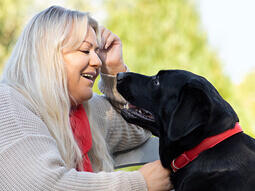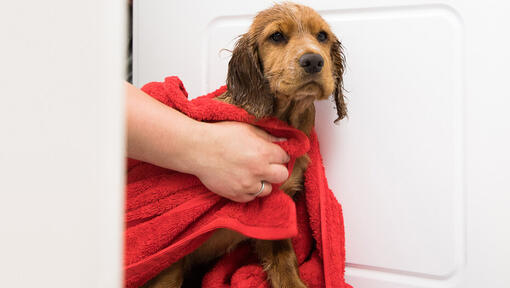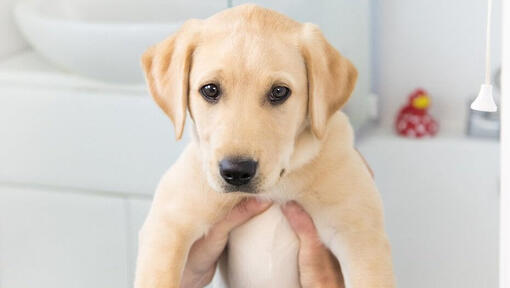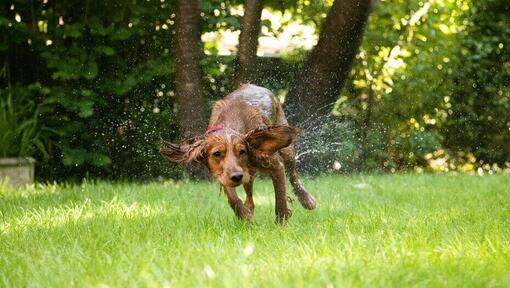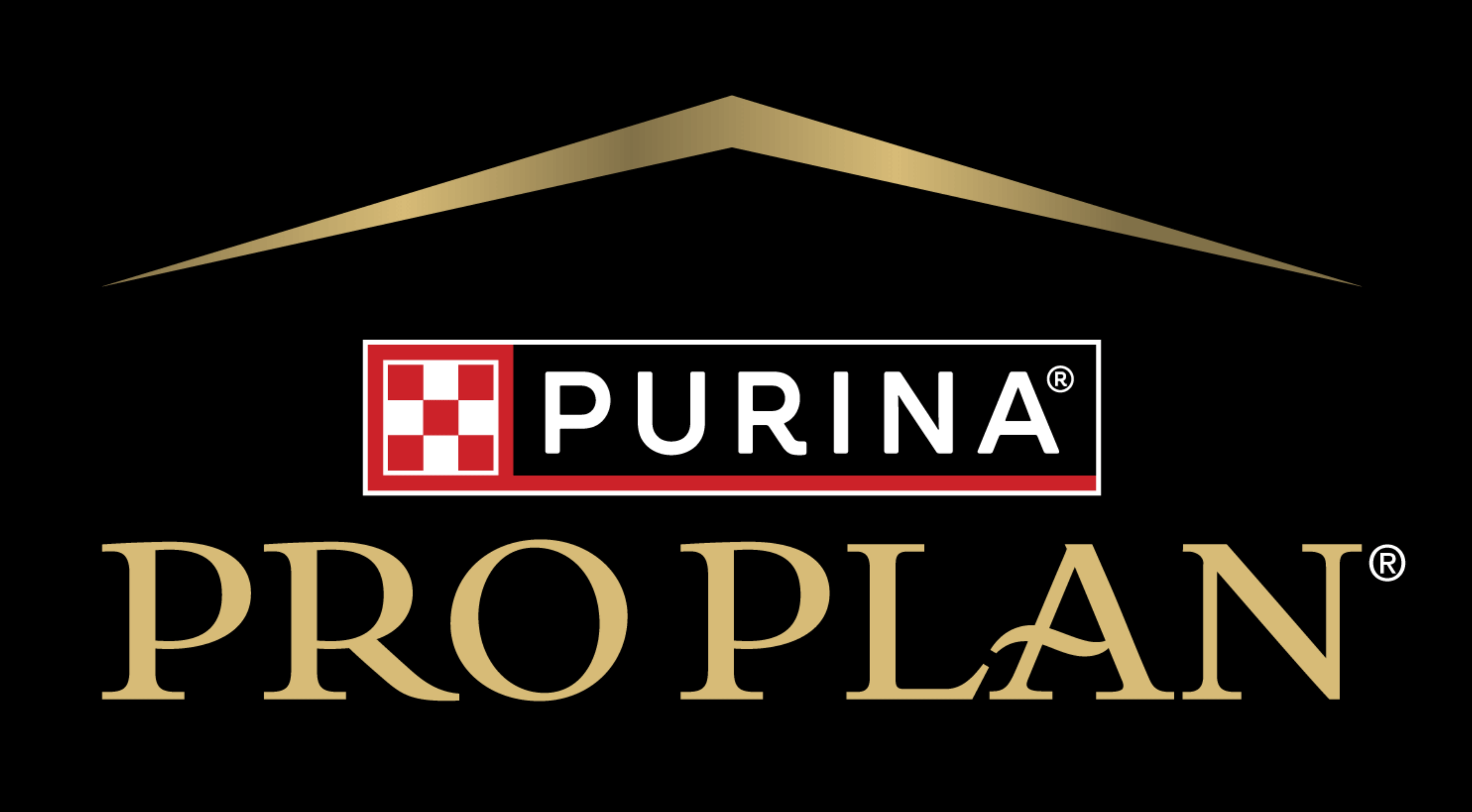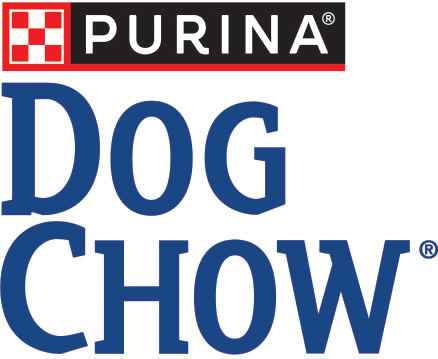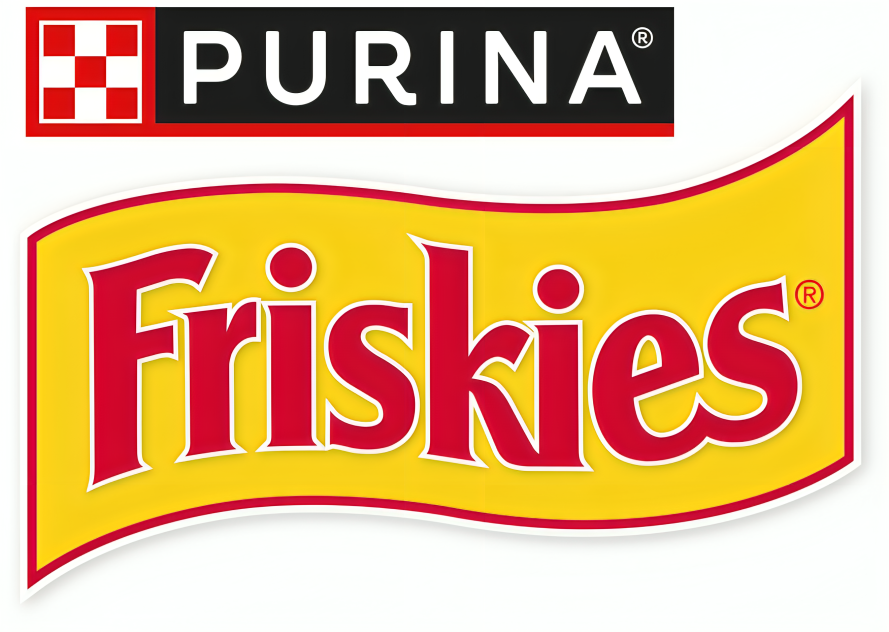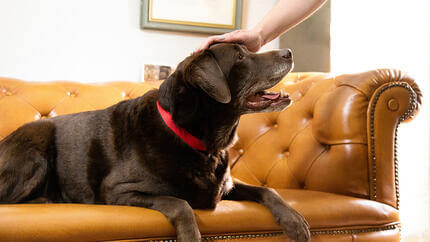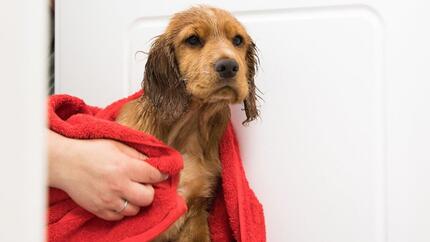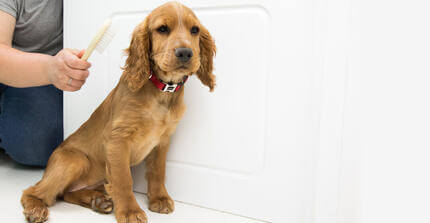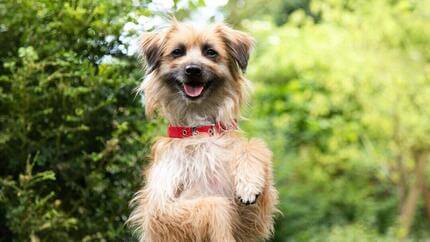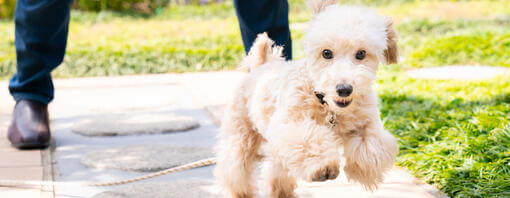
Whether you’re the owner of a prize-winning breed with a high-maintenance coat or a regular bundle of fluff, dog grooming is an essential activity.
Beyond them looking their best and most beautiful selves, there’s a whole range of other benefits to grooming your dog. Read on for more information and advice on how to groom a dog.
The benefits of dog grooming
Grooming your dog will help to keep their coat in the best possible condition. Dog grooming can remove dead hair, help to distribute natural oils, and keep skin healthy. Brushing your dog’s hair has even been proven to reduce stress in your pet. Once used to the process, they’ll find it really relaxing! That doesn’t just go for your dog, it has also been scientifically shown that dog grooming can reduce stress and lower blood pressure in owners as well. Feeling anxious? Pick up a brush!
Regular dog grooming is a great opportunity to increase the bond between owner and animal. Grooming will also give you the chance to health check your dog. Look out for any unusual lumps, bumps, scratches or sores on their skin.
You can also check the condition of their coat and run your hands along their body to check for weight gain.
Being familiar with your dog through regular grooming will really help you to identify when anything might be wrong.
How to groom a dog with short hair
Grooming short-haired dogs doesn’t need to be a long and complex process. If you aren’t bathing them, there are only a few simple stages. But don’t forget: if your dog isn’t familiar with being groomed, they may initially find the process stressful, confusing, or even frightening.
If you’re starting to groom a puppy, new dog, or rescue dog, proceed gradually and gently. Don’t start with the ears, face or tail; begin by concentrating your grooming on the body. Reinforce the practice with plenty of praise, cuddles, and even dog treats.
Follow these simple steps for how to groom a dog:
- Gather the equipment you’re going to be using. For short-haired dogs, this is generally a dog grooming brush or rubber grooming mitt, plus a bristle brush.
- First, use the brush or grooming mitt to loosen any dirt or dead undercoat.
- Always brush in the direction that hair lie to avoid causing your dog discomfort.
- Next, use the stiffer bristle brush to remove any dead hair or dirt.
Read our guide to puppy grooming for more advice on getting puppies used to the process.
How to groom a dog with long hair
Grooming long-haired dogs can take a little more time and patience, but to get those lovely locks, follow these easy steps on how to groom your dog:
- To start with, just run your fingers through your dog’s coat to loosen any matted hair. Using a brush or comb first thing could be too painful and might be met with a growl.
- When things have been straightened out, use a pinhead brush to comb through and untangle hair, taking care in sensitive areas.
- Work in areas rather than trying to groom your dog all at once. Focus on spots where they have thicker fur and matting and brush repeatedly.
- Brush forwards then backwards to bring out the natural shine in silky coats and loosen thick undercoats.
- Keep removing the hair from the brush and go back over areas where lots of hair is coming out, but be careful not to make your dog’s skin sore with excessive brushing.
Never cut out matted hair with scissors as you might catch the skin by accident. Use a small brush to tease out the matted hair starting with the edges. If things have become too matted it’s probably best to visit your vet or a professional dog groomer.
Dog grooming: Top tips!
- Start early! Puppy grooming is essential to help your pet get used to the practice of being groomed. Begin gently and gradually, and always reinforce good behaviour with plenty of praise and cuddles.
- How often to groom your dog really depends on breed, coat condition, and your dog’s temperament. If you find lots of hair coming off as you stroke your dog, it’s time for grooming.
- If you have a canine that’s keener to splash in puddles and roll in the grass then you’ve likely got more grooming to do.
- For truly short-haired dogs, some can go up to a month without the need for grooming.
- For more medium-haired dogs, grooming is suggested around once a week.
- For long-haired dogs, groom your dog daily for tangle-free hair.
- Even dogs with non-shedding coats, such as poodles, need some grooming to prevent matting and tangles.
- When you’re grooming your dog, consider adding extra elements into their hygiene routine to help with their general health. Don’t forget about your dog’s teeth: getting your pet used to regular tooth brushing can make all the difference in their dental health.
- Use the opportunity to perform other simple health checks: look inside their mouth and ears; examine their paws, toes and nails; run your hands over their body to check their coat condition and general weight.
- If your dog is new to grooming, repeat brushing several times a day on their backs and places they love to be stroked. After a week or so you can move on to more sensitive areas like the belly, tail and ears.
For more dog grooming guides, read our guide on how to clean a dog’s ears, next.
